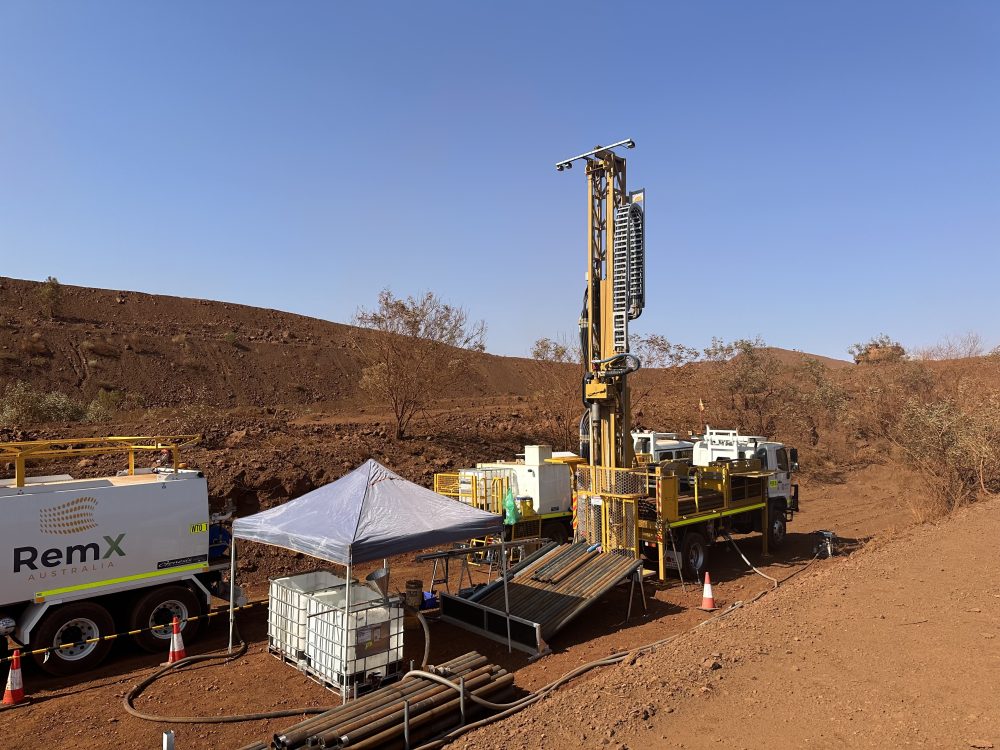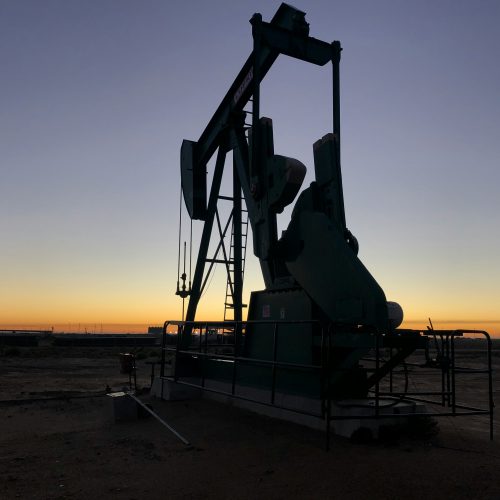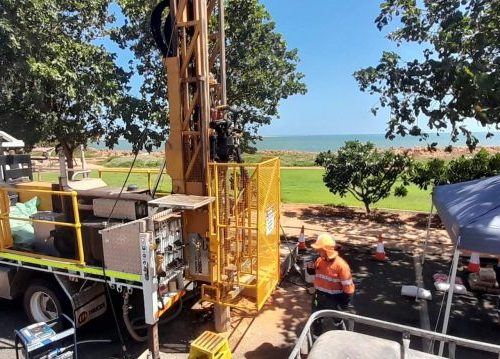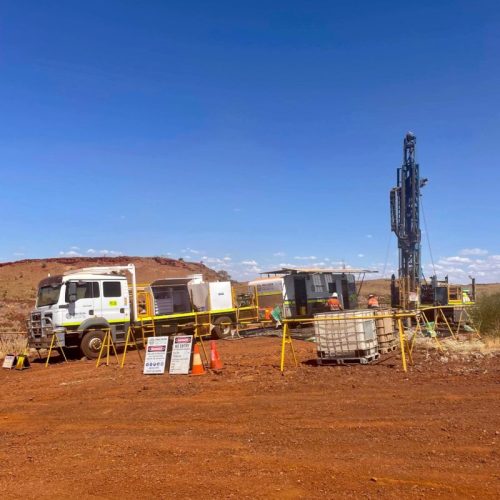Drilling is a cutting process involving the use of a cutting material to create or enlarge a hole in a solid material. It is a vital part of geotechnical and environmental studies. Although both studies involve drilling, the roles and objectives of each drilling type are different.
While geotechnical drilling is conducted to investigate the physical properties of a construction site, environmental drilling assesses the sub-surface conditions of the site and monitors them over time. This article will elaborate on and clarify the major differences between the two drilling types.
Understanding Geotechnical Drilling
The Essentials of Geotechnical Drilling
What is geotechnical drilling? It is a site investigation technique used to assess proposed construction sites. Before construction can commence on a site, engineers must find out if the ground will be suitable for the proposed project.
This requires the evaluation of the rock, soil, groundwater and overall conditions at the location with the aid of a geotechnical drilling machine. If the ground conditions are unsuitable for the project, a new location must be found or some soil improvement will need to be considered.
Geotechnical Drilling Machines and Techniques
Specialised machines called drill rigs are used in the geotechnical drilling process. The drills dig holes in the ground through which soil samples can be obtained.
The holes that are bored can range from a few metres to hundreds of metres below the surface, depending on the project. The soil and rock samples collected are sent to an accredited laboratory for analysis.
Drill rigs can be mounted on trucks, trailers and steel or rubber tracks to facilitate mobility from one site to another.

Delving into Environmental Drilling
The Role of Environmental Drilling in Ecology
What is environmental drilling? It is a process used to assess an area for contamination by testing soil or water samples. It can also be used to determine if remediation or groundwater monitoring wells will be required for the treatment of groundwater.
Tools and Methods Used in Environmental Drilling
A number of techniques are used in the environmental drilling process. These include the hollow-stem auger drilling, water bore drilling and direct-push or probe system.
Hollow-stem auger drilling involves the use of flight-style augers that have hollow centres to drill into soils and obtain samples. This is done by driving hollow spoons down the augers.
Another technique employed is water bore drilling. This is a rotary drilling method used to bore through earth, sands, gravels or rock formations. The holes bored allow installation of equipment that can be used for testing and monitoring.
The direct-push or probe technique involves the use of a hollow tube to collect samples. The tube is driven either by high-pressure pushes or a high-speed hammer.
Key Differences between Geotechnical and Environmental Drilling
Contrasting Objectives and Approaches
One major difference between geotechnical and environmental drilling lies in the type of information they obtain and the objectives they are meant to achieve.
Geotechnical drilling is usually performed where new buildings are planned, but environmental drilling is conducted at locations of suspected previous activity or the perimeters of such locations.
As a result, geotechnical drilling is mainly directed at investigating the composition, stability and strength of the soil on a site. This is done with a view to determining if construction of a road, bridge or building can take place on that site. Geotechnical drilling gathers data for engineering and construction.
Environmental drilling, on the other hand, focuses on the identification of contaminants or pollutants in the soil and groundwater. This type of drilling gathers data for the assessment of the environment and embarking on remediation if necessary.
The two drilling types also differ in their drilling techniques and the methods they employ in obtaining samples. Geotechnical drilling usually obtains undisturbed soil samples for analysis, while environmental drilling may obtain disturbed soil samples for analysis to detect the presence of contaminants.
Choosing the Right Drilling Method for Your Project
Factors to Consider in Drilling Method Selection
In selecting an appropriate drilling method, the project needs to be considered. For example, the need for intermittent or continuous exploration of the site should be taken into consideration.
Other factors to consider include:
- Specific objectives of the project
- Ground conditions
- Quality of the sample obtained
- Depth of drilling required
It is also important to consider the method that will be used in ground penetration, the ability to drill to great depths and how the removal of cuttings from the boring will be done.
Integrating Geotechnical and Environmental Drilling
Combining both drilling methods in certain projects is eminently possible. In the first case study discussed above, Precision Drilling Australia combined the geotechnical drilling project at the Eneabba mine site with an environmental drilling component. The environmental project was to drill and install multiple monitoring groundwater bores across the site. Both projects were completed with great success.
Conclusion
It is essential for professionals to understand the major differences between geotechnical and environmental drilling, as explained in this article. It is also beneficial to explore further resources and training in geotechnical and environmental drilling. This will help in choosing the most appropriate method when there is a need to carry out geotechnical or environmental studies on sites.
For more information about our exploration, geotechnical and environmental drilling services, get in touch with us today on 0425 479 150 or mathew@precisiondrillingaustralia.com.au.



